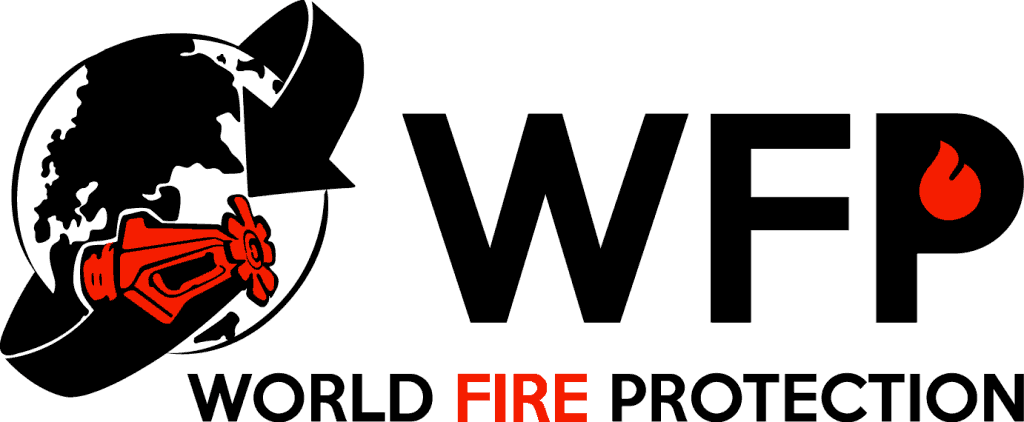Building codes require that buildings be built safely and part of it is ensuring that there is ample safety measures that will prevent injury or loss of life in the event of a fire. One of these mandates having a fire protection system in the building. As for components of fire protection systems, there are several different parts. They range from sprinklers to smoke detectors to CO alarm sensors and fire extinguishers.
Sprinklers
Sprinklers work by creating a physical barrier between fire and the surrounding environment. They spray a fine mist of coolant onto the surface of the wall or roof, which prevents heat from reaching the interior of the structure.
Sprinklers use a liquid called “spray” (or “puddle”) to extinguish fires. Spray doesn’t need electricity to operate. It’s cheap, easy to store, safe for people and pets, and doesn’t produce toxic fumes.
However, there are various disadvantages associated with using sprinkler systems. For instance, sprinkler systems may not supply sufficient amounts of pressurized fluid to extinguish all types of fires. They can also take too much time to activate. In addition, if they are installed improperly, they might not work correctly during emergency situations.
Pros:
• Easy to install.
Cons:
• Doesn’t supply enough water pressure.
• Takes some time to get going.
Smoke Detectors
A fire alarm system consists of two parts: an alarm panel and a control panel. An alarm panel detects changes in temperature, humidity, motion, light, sound, gas leaks, and other conditions that may indicate a fire. A control panel monitors the status of the alarm panel and sounds the alarm if any problems occur.
In the early days of fire detection technology, people relied upon visual cues such as smoldering embers, glowing coals, and sooty ashes to detect fires. These methods were unreliable and often failed to detect small fires until they had grown large enough to produce visible signs. With the advent of modern technologies, including infrared sensors, carbon monoxide monitors, and photoelectric cells, fire detection systems have greatly increased in accuracy and reliability. Modern fire detection devices can also provide an
- Easy to install.
- Consistent performance.
- Detects small amounts of smoke.
- Alerts occupants when smoke isn’t detected.
Carbon Monoxide Alarms
Carbon Monoxide (CO) is produced naturally by burning fuel. It is colorless, odorless, tasteless, but deadly.
CO alarms are devices that are designed to alert people when they’re exposed to carbon monoxide (CO). These alarms usually emit an audible signal. They are often placed near sleeping rooms, bathrooms, and other locations where CO might accumulate.
CO alarms are effective for monitoring carbon monoxide levels but may not be reliable because they don’t detect every source of CO. If someone opens a door or a car windows while an alarm sounds, the CO will escape into the air.
- Detecting high concentrations of carbon monoxide (CO).
- Can be easily disabled.
- Not suitable for low levels of CO.
Fire Extinguishers
Fire extinguishers are used to put out small fires. They work by spraying a mixture of liquid and gas onto the flames. There are two main kinds of fire extinguisher: dry and wet. Dry extinguishers spray powders or granules into the fire. Wet extinguishers spray liquids or foams.
Dry chemicals are cheaper than wet ones. They’re also easier to use. But they only work on certain kinds of fire. Wet ones are better at dealing with greasy, electric, and flammable liquids.
Dry chemicals are less effective than wet ones. However, people handling them should always wear protective clothing and gloves and store them away from flammable materials.
- Works well on different kinds of fires.
- More effective than dry chemical extinguishers
- It won’t work for every type of fire.
Sprinkler Systems
A sprinkler system utilizes water under pressure to put out fires. Sprinklers are installed in large buildings because they are easy to set up and maintain.
A typical pre-action sprinkler requires manual activation before a building catches on light. Once activated, the sprinklers spray water until the building is put out by firefighters.
Pre-action sprinkler systems can be installed with either manual or automatic controls. Automatic sprinkler systems are usually triggered by sensors; however, they can also be manually operated. Manual pre-action sprinkler systems require manual operation after a fire has been sensed.
- Very cost-efficient.
- Easily maintained.
- Requires manual intervention.
- May not be activated during a fire.
Smoke Detectors
Smoke detectors are devices that detect smoke and sound an alarm if there’s too much smoke in a room. The most common types of smoke detectors include ionization, photoelectric, and thermal.
Ionization smoke detectors use electrical charges to detect smoke particles. Ionization smoke detectors are more sensitive than photoelectric detectors. Photoelectric detectors rely on light beams to sense smoke
Of course, in order to be fully compliant, your fire protection system needs to be inspected regularly. If you are based in Palm Desert or Las Vegas, your best choice is World Fire Protection. We have been providing fire safety inspections for decades now, and we are the go to inspection company for residents and business owners in our area. Contact us today to get a FREE estimate.
